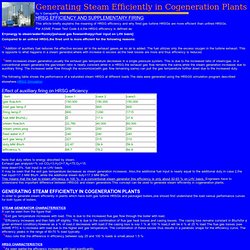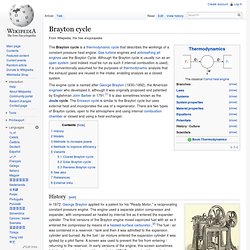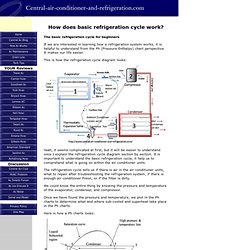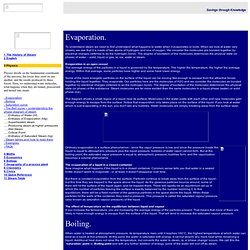

Boiler and HRSG Consultancy Services. Efficient generation of steam. HRSG EFFICIENCY AND SUPPLEMENTARY FIRING This article briefly explains the meaning of HRSG efficiency and why fired gas turbine HRSGs are more efficient than unfired HRSGs.

Per ASME Power Test Code 4.4,the HRSG efficiency is defined as: E=(energy to steam/water/fluids)/[exhaust gas flowxenthalpy+fuel input on LHV basis] Compared to an unfired HRSG,the fired unit is more efficient for the following reasons: Addition of auxilliary fuel reduces the effective excess air in the exhaust gases,as no air is added. The fuel utilizes only the excess oxygen in the turbine exhaust. This is opposite to what happens in a steam generator,where with increase in excess air,the heat losses are more and thus efficiency is reduced. With increased steam generation,usually the exhaust gas temperature decreases in a single pressure system. Effect of auxilliary firing on HRSG efficiency Note that duty refers to energy absorbed by steam.
ME328: Applied Thermodynamics (updated 2/29/12) Rankine cycle. The Rankine cycle is a model that is used to predict the performance of steam engines.

The Rankine cycle is an idealised thermodynamic cycle of a heat engine that converts heat into mechanical work. The heat is supplied externally to a closed loop, which usually uses water as the working fluid. The Rankine cycle, in the form of steam engines, generates about 90% of all electric power used throughout the world,[1] including virtually all biomass, coal, solar thermal and nuclear power plants. It is named after William John Macquorn Rankine, a Scottish polymath and Glasgow University professor. Description[edit] Brayton cycle. History[edit] Brayton Ready Motor this Brayton cycle piston engine was made from historical drawings and pictures In 1872, George Brayton applied for a patent for his "Ready Motor," a reciprocating constant pressure engine.

The engine used a separate piston compressor and expander, with compressed air heated by internal fire as it entered the expander cylinder. The first versions of the Brayton engine mixed vaporized fuel with air as it entered the compressor by means of a heated-surface carburetor.,[2] The fuel / air was contained in a reservoir / tank and then it was admitted to the expansion cylinder and burned. Brayton cycle engines were some of the first internal combustion engines used for motive power. George B Selden driving automobile in 1905. Saturated and Subcooled Liquids. Saturated and Subcooled Liquids Thermodynamic. Chapter 2:Compressed (Subcooled) Liquid. Contents. HyperPhysics Concepts. Thermopedia. First Law of Control Volumes. Chapter 4: The First Law of Thermodynamics for Control Volumes b) Steam Power Plants A basic steam power plant consists of four interconnected components, typically as shown in the figure below.

These include a steam turbine to produce mechanical shaft power, a condenser which uses external cooling water to condense the steam to liquid water, a feedwater pump to pump the liquid to a high pressure, and a boiler which is externally heated to boil the water to superheated steam. Unless otherwise specified we assume that the turbine and the pump (as well as all the interconnecting tubing) are adiabatic, and that the condenser exchanges all of its heat with the cooling water. Basic Refrigeration Cycle. The basic refrigeration cycle for beginners If we are interested in learning how a refrigeration system works, it is helpful to understand from the Ph (Pressure Enthalpy) chart perspective.

It makes our life easier. This is how the refrigeration cycle diagram looks: Yeah, it seems complicated at first, but it will be easier to understand once I explain the refrigeration cycle diagram section by section. It is important to understand the basic refrigeration cycle, it help us to comprehend what is going on within the air conditioner units. The refrigeration cycle tells us if there is air in the air conditioner units, what to repair after troubleshooting the refrigeration system, if there is enough air conditioner Freon, or if the filter is dirty. We could know the entire thing by knowing the pressure and temperature of the evaporator, condenser, and compressor. Here is how a Ph charts looks: Air conditioning theory This is just the basic btw.
These refrigerants could be R-22, R 410a, or R134a. Intro Steam Boilers and Steam Raising. Powered by Translate Presented By N.E.M Business Solutions Information kindly provided by: This section is designed to give you a general overview of steam boilers and associated equipment.

Role of Boilers in Plant Operation (Steam Generation) Evaporation. Evaporation.

To understand steam we need to first understand what happens to water when it evaporates or boils. When we look at water very closely, we see that it is made of two atoms of hydrogen and one of oxygen. We consider the molecules are bonded together by electrical charges (referred to as the hydrogen bond). The degree of excitation of the molecules determines the physical state (or phase) of water – solid, liquid or gas, ie, ice, water or steam.